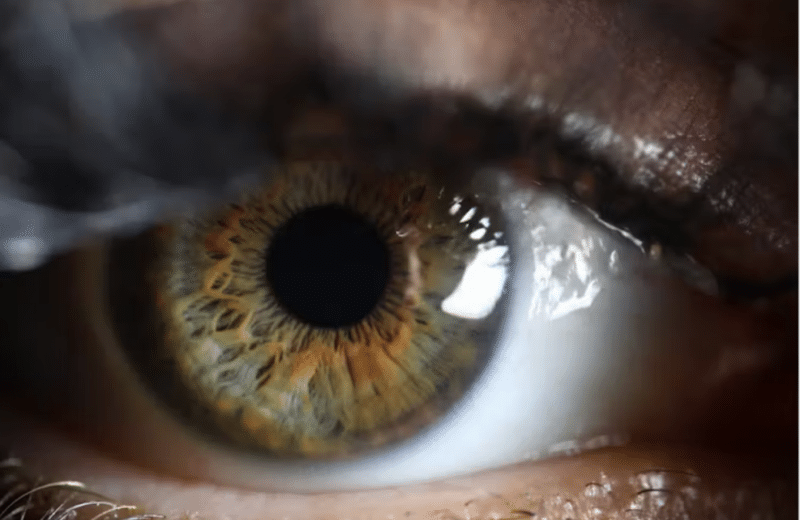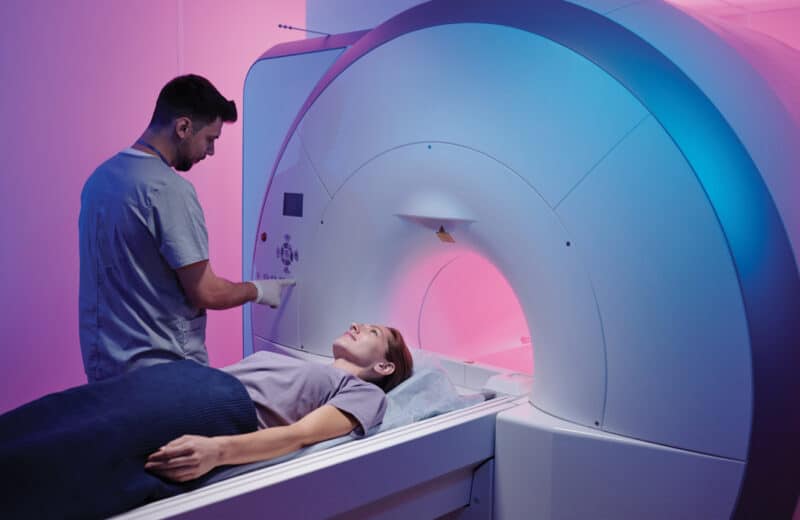More women than ever are being diagnosed with ADHD — what’s behind the increase?
During her childhood years, writer, educator, and content creator Laura Danger, 34, of Chicago, often felt anxious, trying hard in school to overcome her challenges. At the time, she didn’t exhibit physical hyperactivity or impulsivity — two classically known symptoms of attention deficit hyperactive disorder (ADHD) — so nobody considered the diagnosis, despite her struggles.
“My report card has always said that I was chatty, [that] I wasn’t paying attention, [that] I had a lot of potential, but I wasn’t trying hard enough,” Danger says.
As an adult, Danger experienced difficulty with executive functioning. She commonly zoned out mid-conversation, forgot to complete tasks unless she did them the moment they occurred to her, and felt burned out after extended periods of hyperfocus. She also struggled with depression, anxiety, emotional dysregulation, and addiction.
During the pandemic, she began documenting her life with her husband and two small kids on TikTok — an attempt to make sense of her experience.
In 2021, when the TikTok algorithm presented Danger with ADHD video content, in which people shared anecdotes about their own diagnoses and quirks that turned out to be ADHD symptoms, she found others’ experiences closely mirrored her own.
“There were a series of light bulb moments where someone was saying, ‘Here’s a quirky thing I do’ that I didn’t even know I was doing,” she says.
Danger signed up for a full neuropsychological evaluation, and after a battery of tests, interviews, and a consultation with her psychiatrist, she was diagnosed with ADHD.
Danger is one of many adult women for whom the probability of an ADHD diagnosis was overlooked in childhood. According to the National Resource Center on ADHD, girls are diagnosed with ADHD at less than half the rate boys are diagnosed. But ADHD diagnoses in adult women are now thought to be fueling the increase in ADHD. A 2022 study conducted by Epic Research found that the percentage of women with an ADHD diagnosis almost doubled from 2020 to 2022.
Kimberly Lopez, a nurse practitioner at Sinai Chicago, treats children, adolescents, and adults with ADHD, autism spectrum disorder (ASD), and trauma. Most of the adults Lopez treats for ADHD are women, and her diverse patient population report many of the same symptoms: trouble fitting in socially throughout their lives, struggling through school and work, battling binge eating disorders, and not having their lives “put together” despite many successes. She suspects the way girls are socialized helps to mask their symptoms.
“It’s not a crutch to take a medication that is treating a real medical problem that causes tremendous impairment.”
“Little girls have always been taught to keep relationships and people together, so they’ve learned to keep the impulse, outburst, emotionality in,” Lopez says.
Lopez says many of her female patients sought evaluation and treatment for themselves after their children were diagnosed with ADHD. Patients also frequently tell her they’ve self-identified their symptoms because of social media platforms like TikTok.
“They’ve told me these exact words, ‘I’ve seen this on TikTok, and I didn’t know that was not normal,’” Lopez says.
Brad Cutler, PsyD, a psychiatrist at Linden Oaks Behavioral Health, says that when he started practicing medicine 10 years ago, ADHD wasn’t something he thought much about. Now he reports that a “good percentage” of his patients ask about ADHD, and many of them are currently being treated for it. He says treatment for ADHD with stimulants is the most effective treatment to help with people’s most debilitating symptoms.
“If you have ADHD, [on medication] you’re going to be able to focus a lot better. You’re not going to jump from topic to topic as much. You’re going to be able to finish a project before starting another one instead of starting many without finishing them. What people say is it slows their mind down and lets them focus,” Cutler says.
Because stimulants are classified as controlled substances, stigma around their use as treatment persists. And Lopez says that in Black and Brown communities, stigma also exists against evaluation and treatment of ADHD. In fact, historically, Black and Brown people have been over-diagnosed with bipolar disorder, rather than ADHD. Both Cutler and Lopez shared the example of people with diabetes taking insulin or people with high cholesterol using cholesterol medication.
“It’s not a crutch to take a medication that is treating a real medical problem that causes tremendous impairment,” Cutler says.
Lopez believes TikTok has increased awareness around ADHD to the benefit of women. And Cutler adds that TikTok and other social media platforms can help raise awareness and reduce stigma around ADHD. He says that social media can provide people with a supportive community and guidance, but he urges people to discern myth from truth.
A 2022 study in the Canadian Journal of Psychiatry assessed the quality of information within the 100 most popular TikTok videos about ADHD, finding that 52% of the videos contained misleading information; 27% were personal experiences; and only 21% of the videos contained useful information. Cutler says talking with a licensed provider is the best first step.
“We have to be very careful about what we’re reading and where that information is coming from,” he says.
As for Danger, getting diagnosed and taking medication has changed the game for her.
“I notice, more than anything, I am mentally present,” she says.












